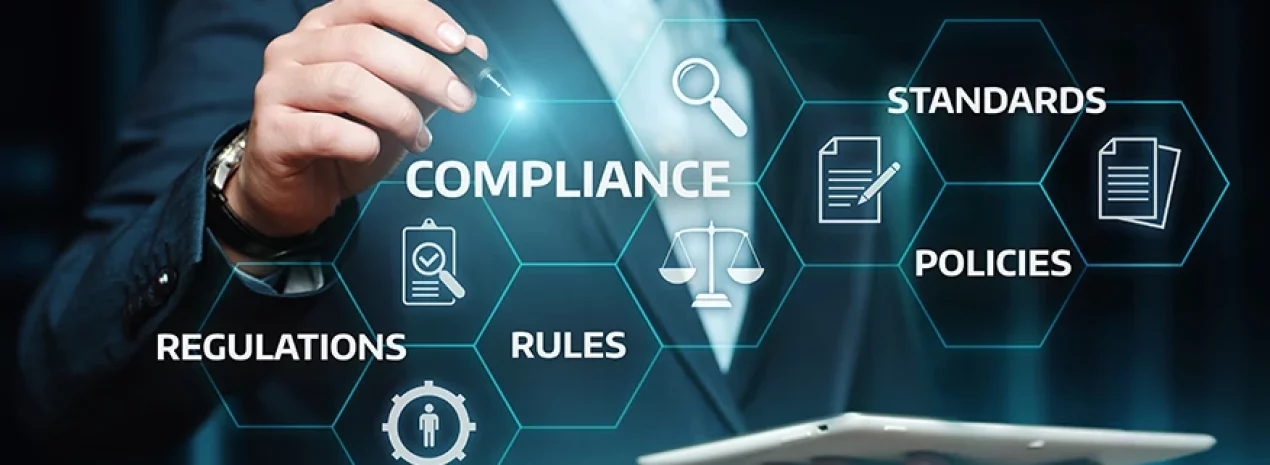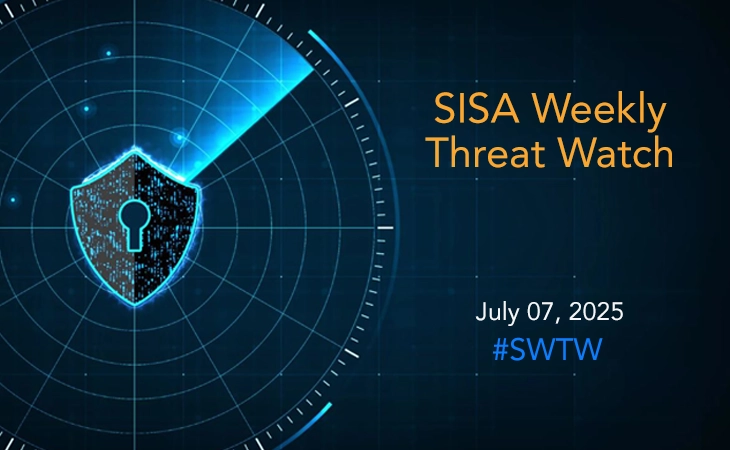

Evolution of Data Governance in Southeast Asia: Trends, Regulations, and Best Practices
The evolution of data governance in Southeast Asia reflects a significant paradigm shift, moving from mere data organization to a strategic approach rooted in data intelligence. Central to this evolving landscape are advanced practices in data discovery and classification, enabling organizations to proactively manage data assets.
In today’s rapidly evolving digital landscape, where data serves as the lifeblood of businesses, the importance of effective data governance cannot be overstated. Southeast Asian organizations, like their global counterparts, are navigating a complex web of data regulations, compliance standards, and security challenges. The evolution of data governance in this region reflects a significant paradigm shift, moving from mere data organization to a strategic approach rooted in data intelligence.
Central to this evolving landscape are advanced practices in data discovery and classification, enabling organizations to proactively manage data assets. In this context, building a robust, future-proof data governance framework has become paramount. This article delves into the intricate journey of data governance in Southeast Asian organizations, exploring the pivotal role of popular standards, the alignment of regional regulations with global counterparts, and the significance of data discovery and classification.
Evolution of Data Governance in Southeast Asia
In recent years, data protection and governance has undergone a significant evolution among organizations in Southeast Asia. Traditionally, data governance was seen as a technology-centric practice, focused on organizing and cataloging data. However, this perspective has shifted as organizations have recognized the critical role data plays in their operations. With the advent of data privacy laws, such as the Personal Data Protection Act (PDPA) in Singapore, companies began incorporating risk management practices into their data governance strategies. This involved creating information asset registries and analyzing the Confidentiality, Integrity, and Availability (CIA) of data to ensure legitimate usage and establish appropriate controls.
Additionally, the COVID-19 pandemic served as a catalyst for the acceleration of digital transformation across industries. Organizations recognized the immense value held within their various data sets, especially in informing critical business decisions. This pivotal shift led to the evolution of data governance from a mere organizational necessity into a data intelligence-centric approach.
secure.
“Data intelligence is the connecting point for all data elements within a data management system, delivering information and insights that improve customer experience and drive innovation and process improvements.”
– Mel Migrino, Chairman and President, WiSAP (Women in Security Alliance Philippines)
Significance of PCI DSS in Financial Institutions
In the financials sector, adhering to established standards is more than just a regulatory obligation—it’s a mission-critical aspect of operations. A prime example is the Payment Card Industry Data Security Standard (PCI DSS), which financial institutions worldwide employ to ensure the secure handling of payment data.
PCI DSS, developed by experts from across the globe, including the PCI Council, payment networks, and cybersecurity professionals, is a well-recognized global standard. It has undergone iterative improvements, incorporating feedback from diverse stakeholders. Organizations in the Asia-Pacific region, including Southeast Asia, have embraced PCI DSS for multiple reasons as listed below:
- Compliance with PCI DSS is a contractual obligation for merchants and acquirers. Failure to comply could result in sanctions and damage to an organization’s reputation. By adhering to this standard, organizations reduce the risk of non-compliance and ensure their legal and operational obligations are met.
- The PCI DSS standard actively seeks feedback from its global community, ensuring that the guidelines stay up to date with evolving security threats. This responsive approach ensures organizations implementing the standard are confident about the effectiveness of security controls.
- Beyond compliance, many organizations have extended PCI DSS principles to protect other sensitive data, recognizing its effectiveness in safeguarding confidential information.
In essence, the adoption of global standards like PCI DSS provides financial institutions with not only a compliance framework but also a security blueprint that safeguards their sensitive financial data. It serves as a testament to the proactive commitment to protecting both internal and external stakeholders.
“Security threats evolve, and standards must evolve with them. The feedback-driven approach helps standards stay on top of emerging trends.”
– Yew Kuann Cheng, Regional VP, Asia Pacific, PCI SSC
Harmonization of Regulations in Southeast Asia with Global Standards
In an era of interconnected data ecosystems, data governance regulations are continually evolving to ensure data protection and privacy. These regulations often exhibit a degree of interplay, with global standards influencing and inspiring one another. In Southeast Asia, particularly Singapore, the PDPA standards have laid the foundation for the broader ASEAN (Association of Southeast Asian Nations) region’s data governance and privacy regulations, emphasizing the roles of data controllers, data processors, and privacy considerations. Cross-border data transfers have become a universal concern, and global standards play a pivotal role in addressing this challenge. GDPR (General Data Protection Regulation), emerging from the European Union, sets a stringent precedent for the security controls required for cross-border data transfer. In India, the recently introduced DPDP Act (Digital Personal Data Protection Act) aligns with international best practices, incorporating elements from various global standards like NIST, PDPA, and GDPR. China, too, has developed its own regulatory frameworks, including the CSL (Cyber Security Law) and DSL (Data Security Law), which are known for their stringent economic focus.
In the ASEAN framework, close collaboration between legal departments is essential to develop regulations that align with the global need for robust data governance while adapting to local laws. Across these regulations, common principles, such as data discovery and classification, underpin data governance practices. Regardless of the specific framework in place, understanding where data resides and comprehending data lineage is consistently emphasized.
Additionally, global standards like NIST and PCI DSS guide comprehensive data protection practices that emphasize anonymization, pseudonymization, tokenization, masking, and encryption. Data governance is a global collaborative effort that involves sharing, adapting, and implementing best practices to suit local regulatory and business needs. While the journey from standards’ publication to regional adoption varies, the core concepts remain strikingly similar. In essence, data governance revolves around safeguarding data, understanding its flow, and ensuring security and privacy, reflecting a global commitment to data protection in a data-driven world.
Role of Data Discovery and Classification
In the rapidly evolving landscape of data governance, data discovery and classification have emerged as fundamental pillars. These two closely intertwined elements are instrumental in optimizing an organization’s data management practices. Data discovery, the first cornerstone, entails identifying the precise locations where data is stored. This critical step lays the foundation for effective data protection, ensuring that organizations are cognizant of their data assets’ whereabouts and can implement requisite security measures. With increasingly sophisticated data discovery tools, businesses can compile exhaustive data inventories and maps, facilitating informed decision-making on data management and protection.
Complementing this is data classification, which is equally vital. It involves categorizing data based on its sensitivity and value, enabling organizations to distinguish data demanding stringent protection from that which can be shared more openly. This classification guides the application of security controls such as encryption and access restrictions. Ultimately, data classification empowers organizations to tailor safeguards to different data types, thereby bolstering overall data protection and regulatory compliance. In this complex data landscape, data discovery and classification tools like SISA Radar prove invaluable, allowing businesses to maintain a well-structured and efficient data governance approach.
“Data is of primary importance, and anything done to govern and secure that data involves classification, discovery, lineages, data flow diagrams, and more.”
– Prabhu Narayanan, VP – Data Protection & Governance, SISA
How to Build a Robust Data Governance Framework?
Building a future-proof data governance framework is an essential endeavor for organizations seeking to thrive in a data-driven world. Such a framework must encompass several key principles:
- Integration with Business Processes: Data governance should not be an afterthought but rather integrated into core business processes from the beginning. This “shift left” approach ensures that data protection, integrity, quality, and privacy considerations are embedded in every stage of data workflows.
- Collaboration and Alignment: Successful data governance requires close collaboration between different departments within an organization, including cybersecurity, legal, technology, and business teams. It’s crucial that data governance aligns seamlessly with broader business objectives to enhance security, compliance, and overall efficiency.
- Continuous Adaptation: As global standards and regulations evolve, organizations must adapt to these changes in a timely and effective manner. This involves staying updated on the latest developments, actively seeking feedback from stakeholders, and implementing any necessary adjustments to data governance practices.
- Data Discovery and Classification: Incorporating advanced data discovery and classification tools is an essential part of a future-proof data governance framework. These tools provide organizations with the knowledge they need to make informed decisions about data protection, risk management, and compliance.
In the ever-changing landscape of data governance, Southeast Asian organizations are poised to navigate challenges and opportunities through strategic adoption of global standards, meticulous compliance with regional regulations, and the seamless integration of advanced data discovery and classification techniques. By embracing these evolving trends and building robust data governance frameworks, businesses can safeguard sensitive information, foster innovation, and establish enduring trust among their stakeholders.
For a more detailed insight on the evolving landscape of data governance in Asia Pacific region, get in touch with SISA’s Data Protection and Governance experts or watch our latest panel discussion – Trends In Privacy Regulations in Asia Pacific and the Role of Data Governance.
Latest
Blogs
Whitepapers
Monthly Threat Brief
Customer Success Stories

SISA is a Leader in Cybersecurity Solutions for the Digital Payment Industry. As a Global Payment Forensic Investigator of the PCI Security Standards Council, we leverage forensics insights into preventive, detective, and corrective security solutions, protecting 1,000+ organizations across 40+ countries from evolving cyberthreats.
Our suite of solutions from AI-driven compliance, advanced security testing, agentic detection/ response and learner focused-training has been honored with prestigious awards, including from Financial Express, DSCI-NASSCOM and The Economic Times.
With commitment to innovation, and pioneering advancements in Quantum Security, Hardware Security, and Cybersecurity for AI, SISA is shaping the future of cybersecurity through cutting-edge forensics research.
Company
Resources
Quick Links
Copyright © 2025 SISA. All Rights Reserved.
 USA
USA India
India APAC
APAC Middle East
Middle East Global
Global





 Facebook
Facebook Linkedin
Linkedin  X
X Youtube
Youtube





